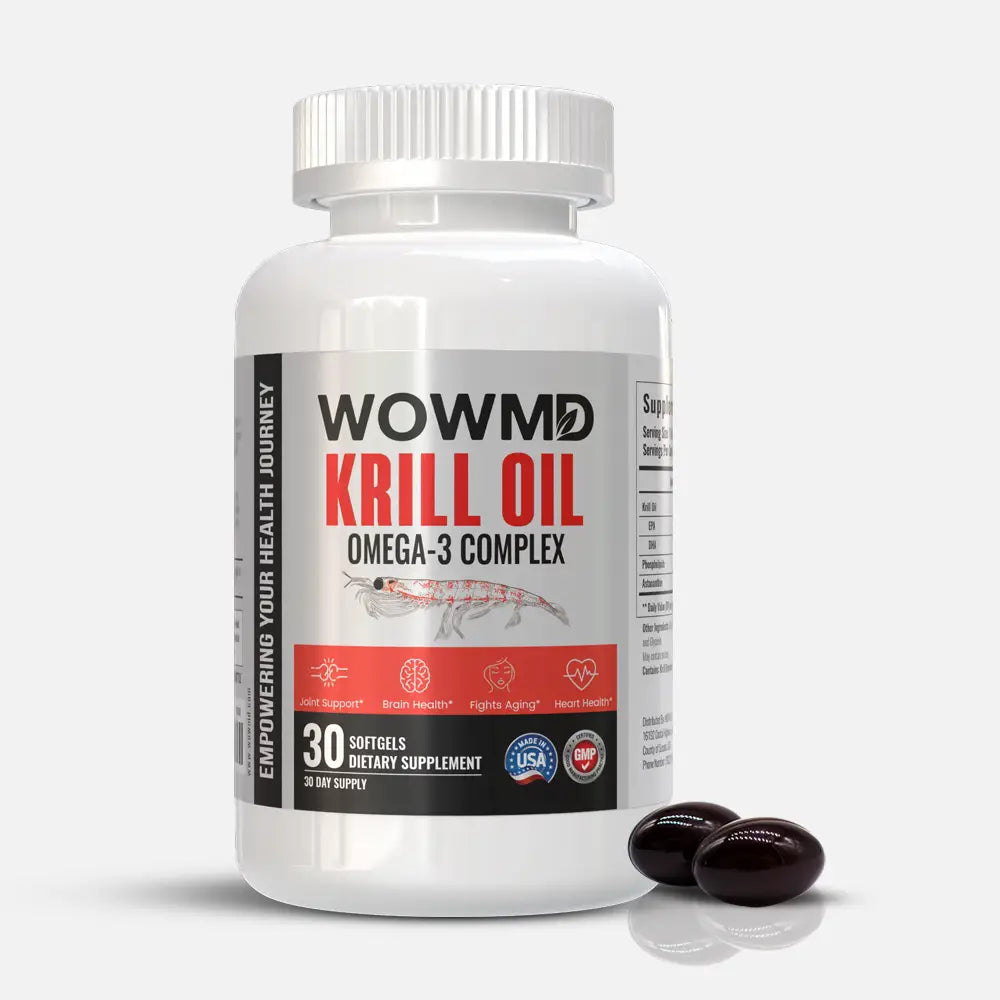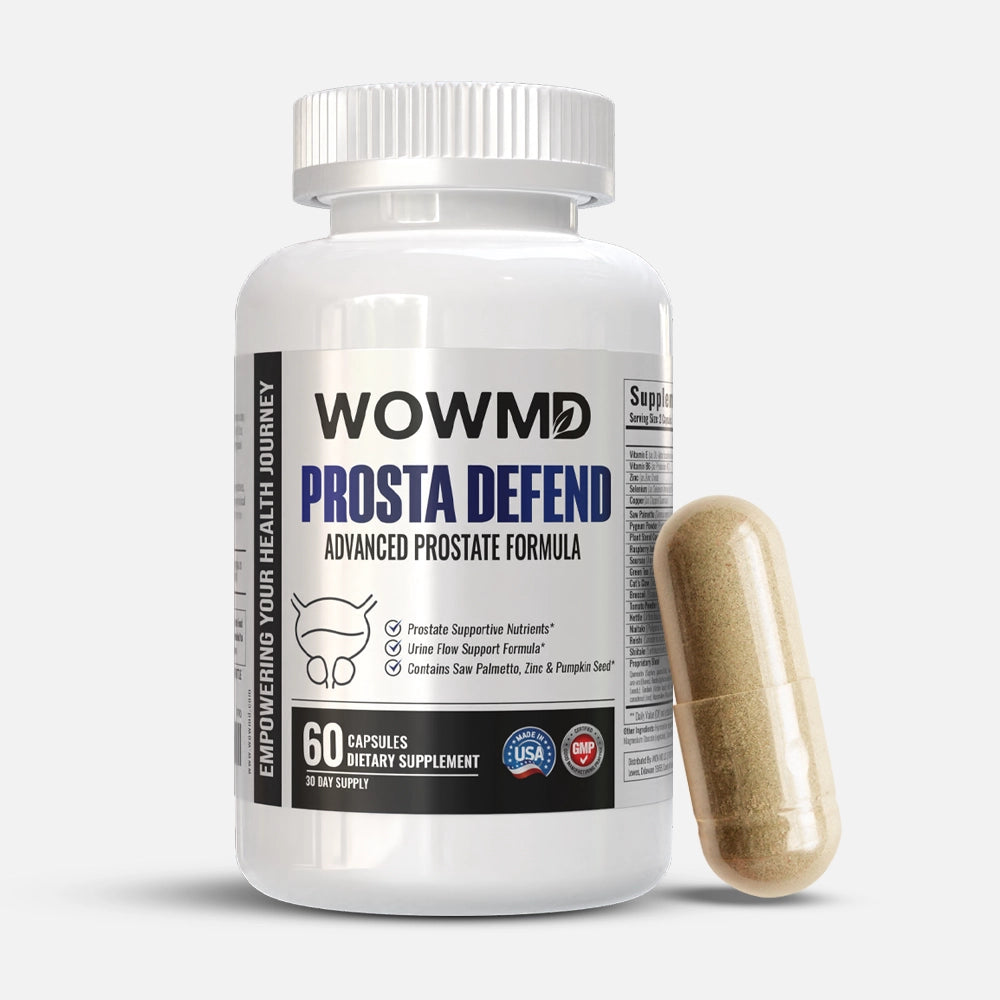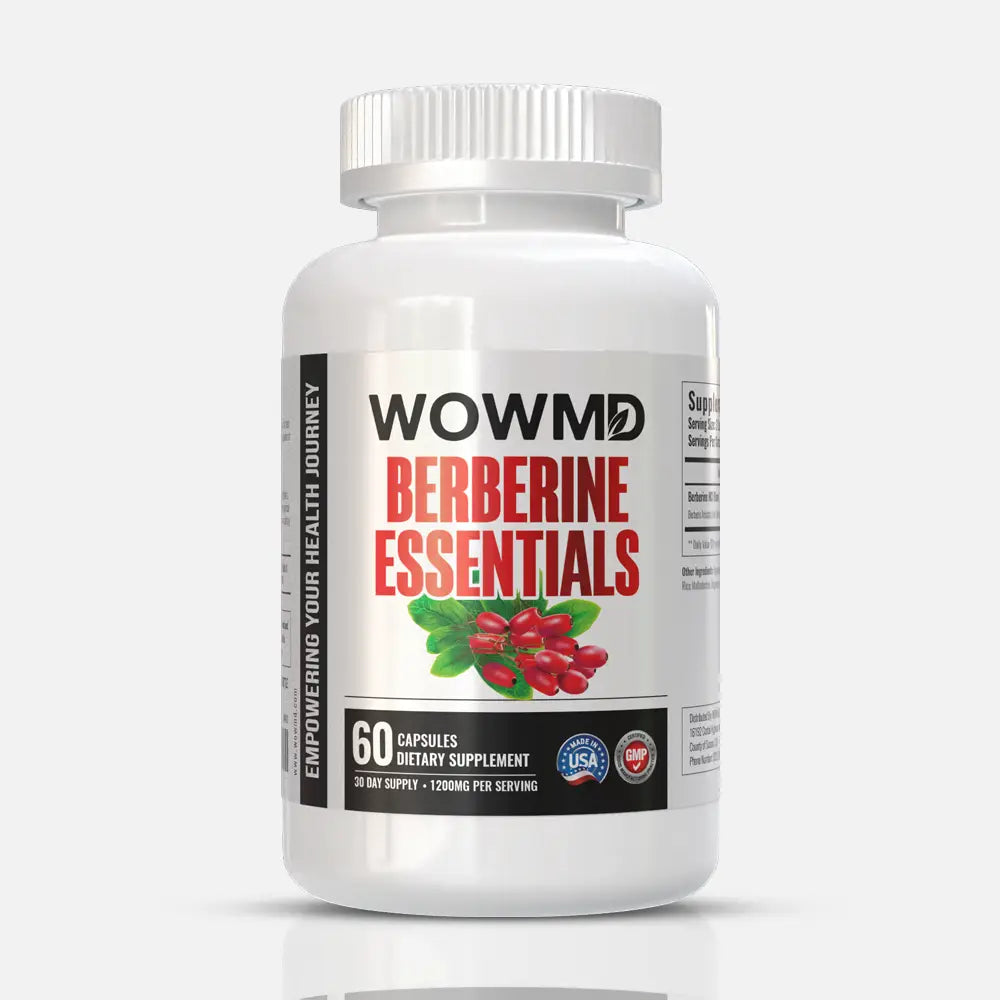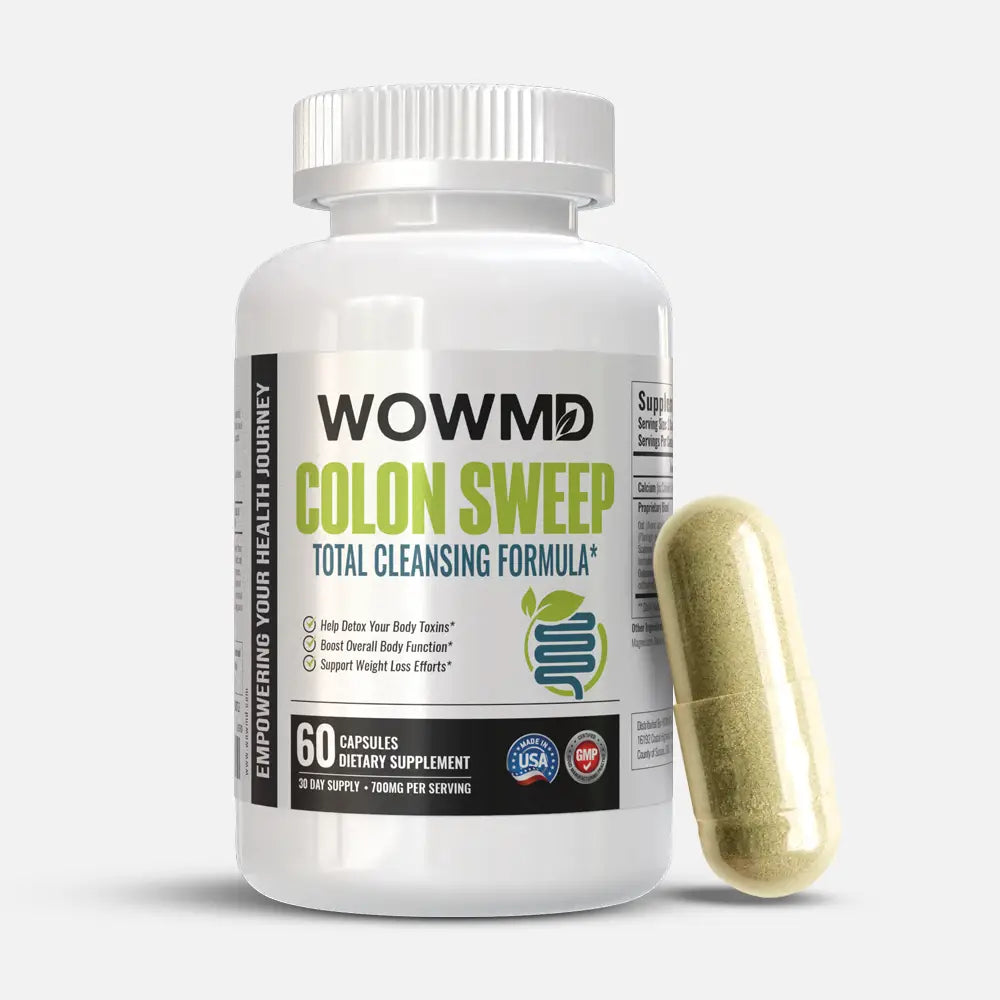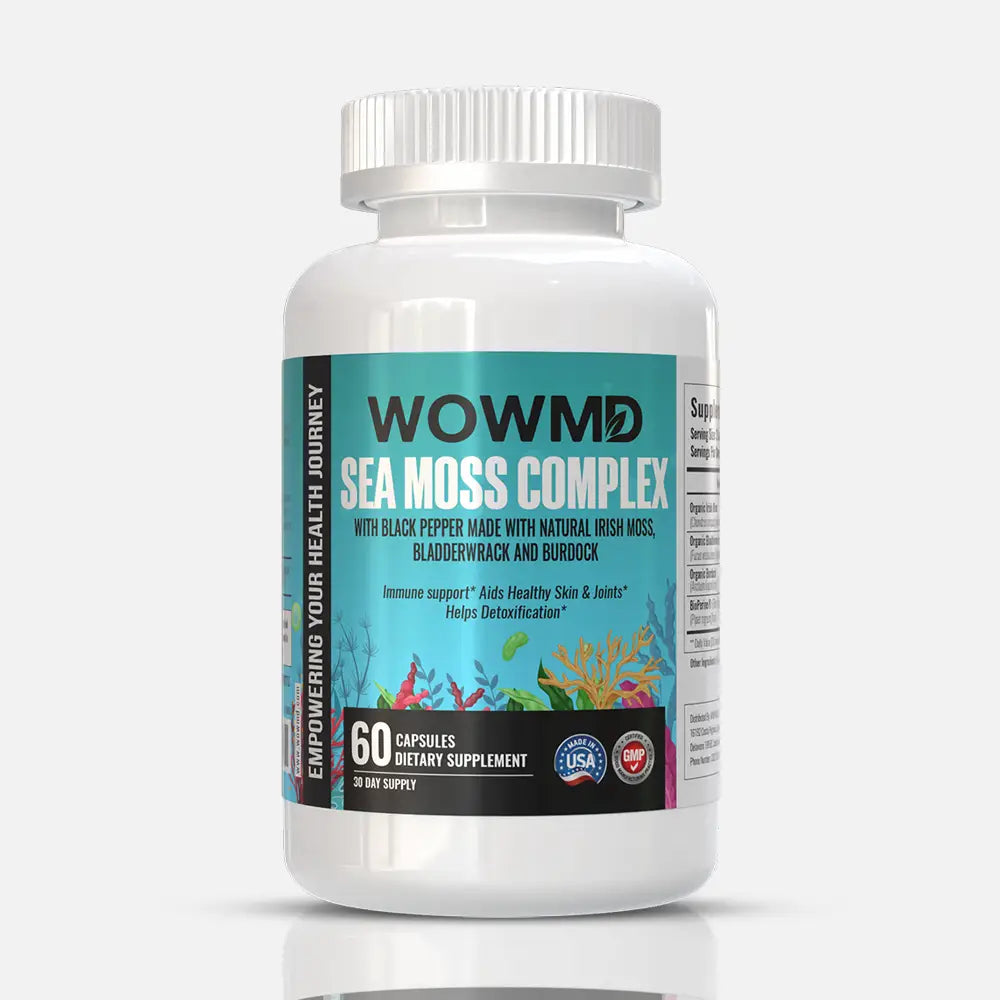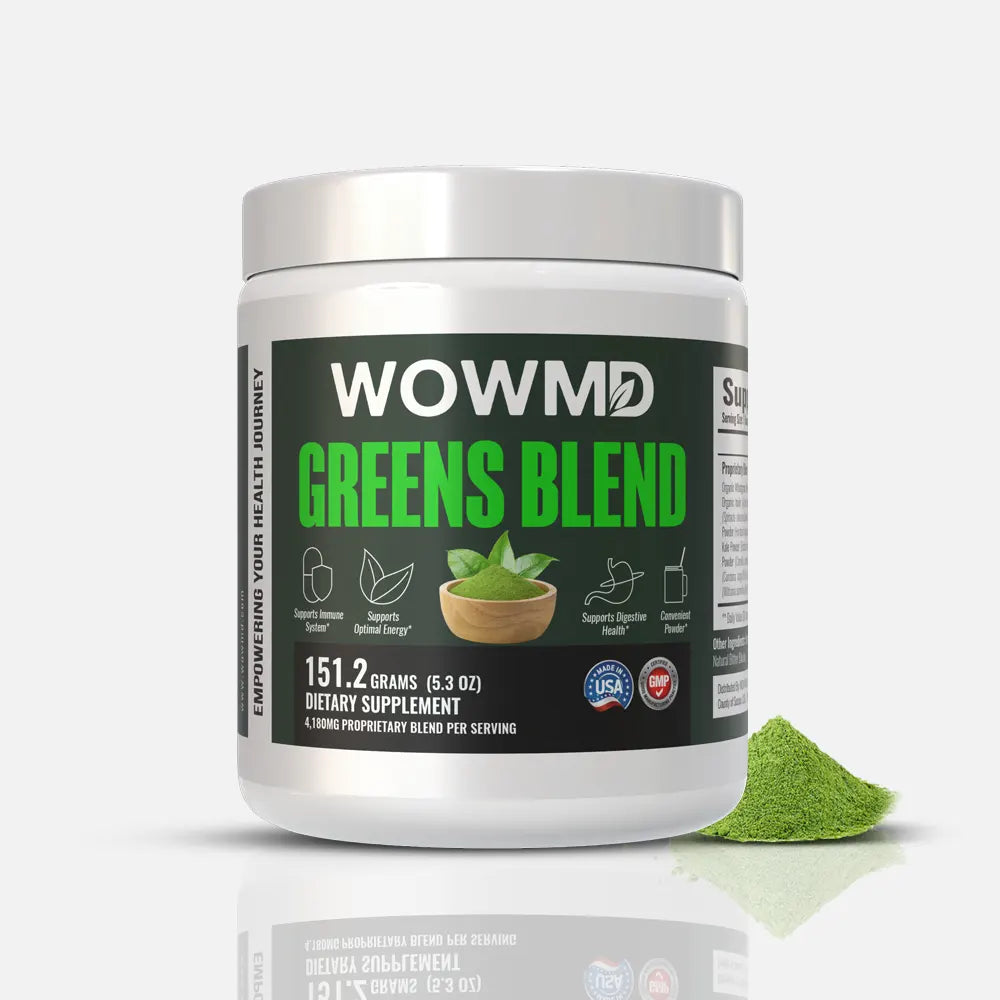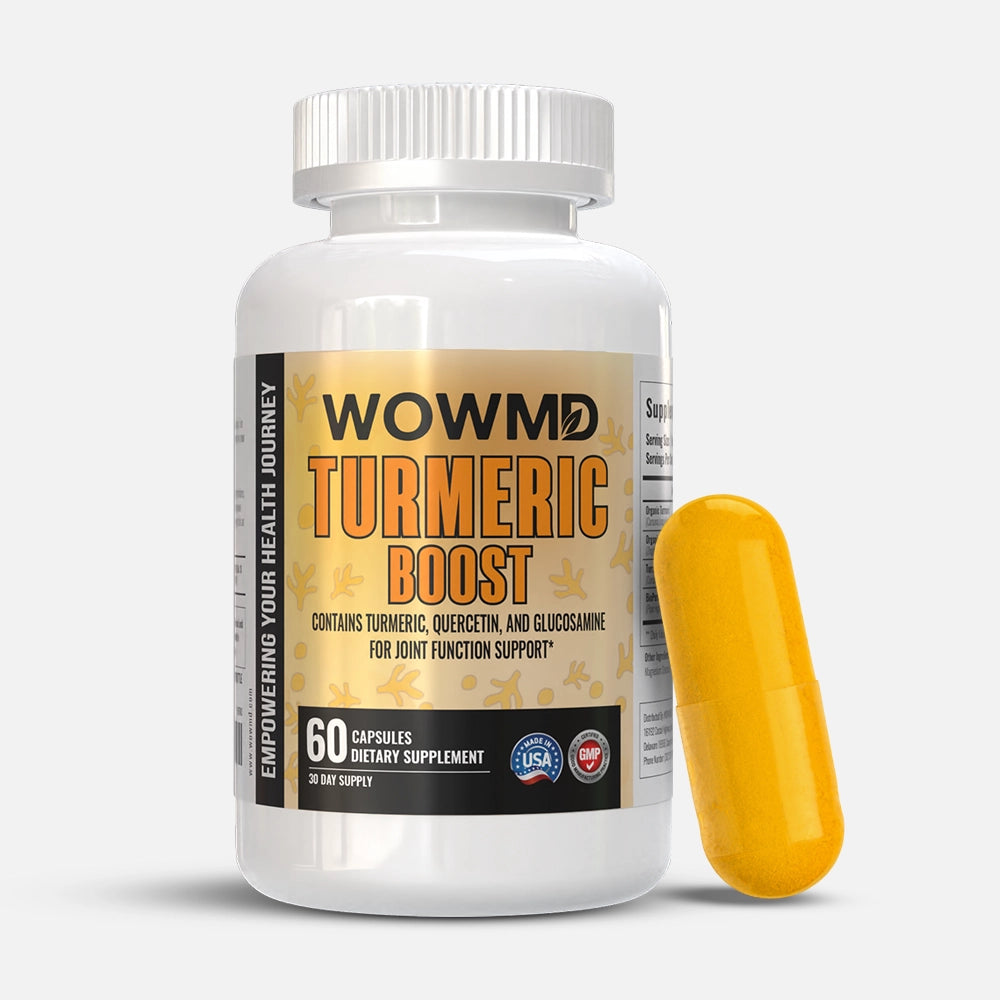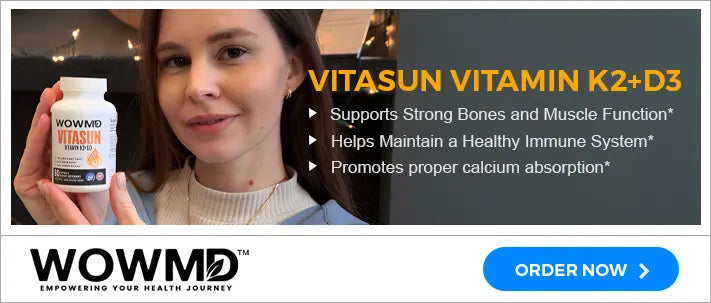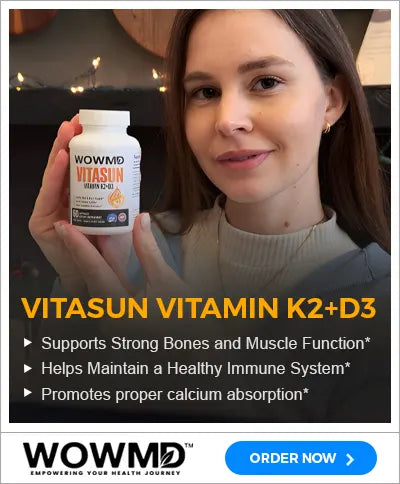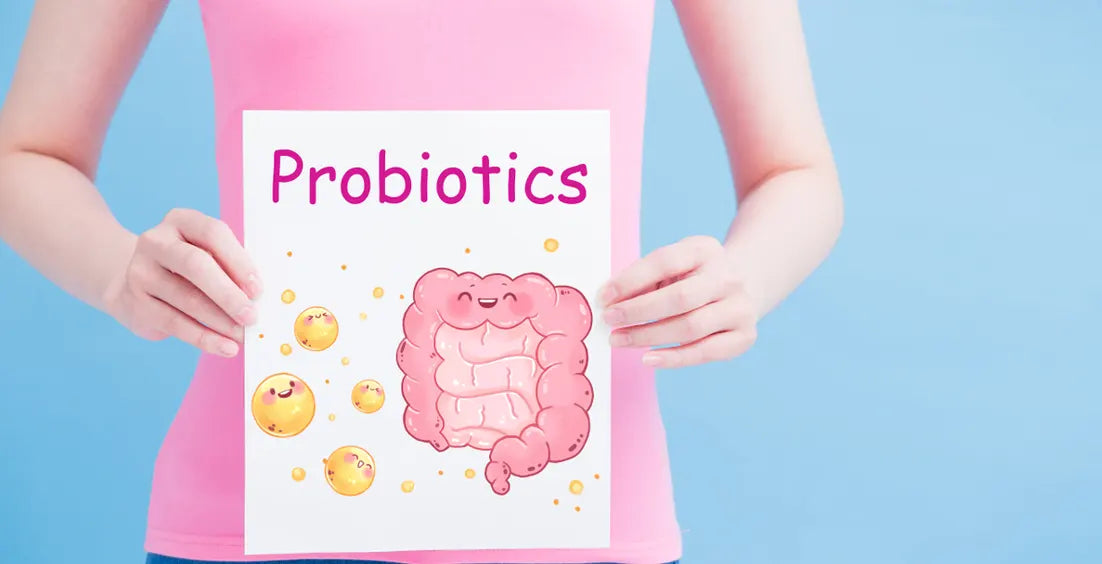How Much Vitamin D Do You Need Per Day?
How Much Vitamin D Do You Need Per Day depend on multiple factors such as age, diet, and body weight. Learn more about the dosage, benefits, and sources for optimal health.
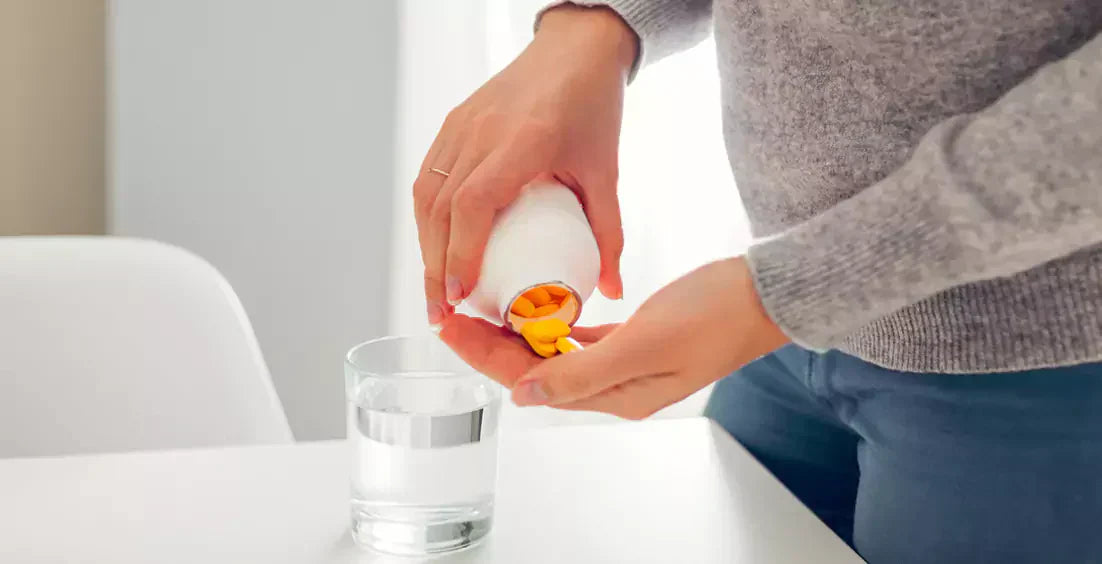
Popular Stories
- Best Liquid B12 Supplement: Find out its Dosage & Health Benefits
- Best BCAA Supplements for Fat Loss and Muscle Retention
- Best Maca Root Supplement For Men’s Health, Hormones, & Well-Being
- Best Acai Berry Supplements: The Ultimate Buying Guide
- Spirulina Benefits for Women: Superfood for Skin & Hormones
- Best Foods for Weight Loss: Healthy Meal Options to Try
References
- How Much Vitamin D Is Too Much Vitamin D? https://fssai.gov.in/upload/media/FSSAI_News_Vitamin_NDTV_02_07_2019.pdf
- Calcium, vitamin D and phosphorus https://www.dhsv.org.au/oral-health-advice/teeth-tips/calcium-vitamin-d-and-phosphorus
- Vitamin D Promotes Skeletal Muscle Regeneration and Mitochondrial Health https://www.frontiersin.org/journals/physiology/articles/10.3389/fphys.2021.660498/full
- Vitamin D and the Immune System https://www.ncbi.nlm.nih.gov/pmc/articles/PMC3166406/
- Vitamin D for prevention of respiratory tract infections https://www.who.int/tools/elena/commentary/vitamind-pneumonia-children
- Is Vitamin D Important in Anxiety or Depression? What Is the Truth? https://www.ncbi.nlm.nih.gov/pmc/articles/PMC9468237/
- Vitamin D and Depression: Where is all the Sunshine? https://www.ncbi.nlm.nih.gov/pmc/articles/PMC2908269/
- Controlling Chronic Diseases and Acute Infections with Vitamin D Sufficiency https://www.mdpi.com/2072-6643/15/16/3623
- Vitamin D Effects on Selected Anti-Inflammatory and Pro-Inflammatory Markers of Obesity-Related Chronic Inflammation https://www.frontiersin.org/journals/endocrinology/articles/10.3389/fendo.2022.920340/full
- Factors influencing the absorption of vitamin D in GIT: an overview https://www.ncbi.nlm.nih.gov/pmc/articles/PMC5643801
- Vitamin D and your health https://www.healthdirect.gov.au/vitamin-d-and-your-health#natural-sources


 Skin Detoxification Bundle
Skin Detoxification Bundle Complete Weight Loss Bundle
Complete Weight Loss Bundle Heart Care Bundle
Heart Care Bundle Better Immunity Bundle
Better Immunity Bundle  Men's Immunity & Prostate Health Bundle
Men's Immunity & Prostate Health Bundle Stress + Energy + Wellness Combo
Stress + Energy + Wellness Combo  Energy Booster Combo
Energy Booster Combo Natural Skin Care Bundle
Natural Skin Care Bundle Workout Supplements Combo
Workout Supplements Combo Cognitive Health & Vision Combo
Cognitive Health & Vision Combo Joint Health Support Combo
Joint Health Support Combo